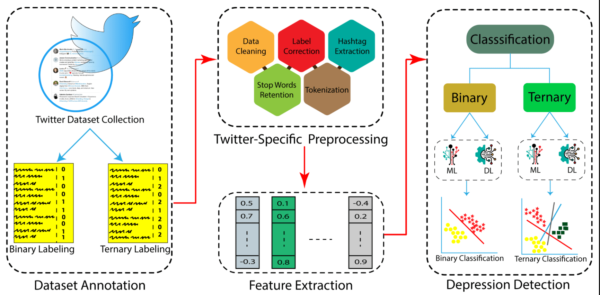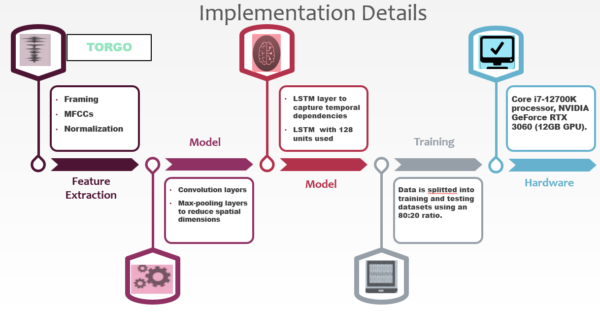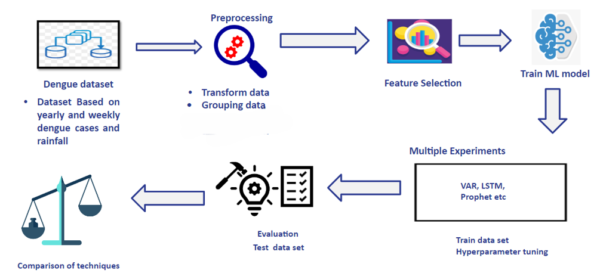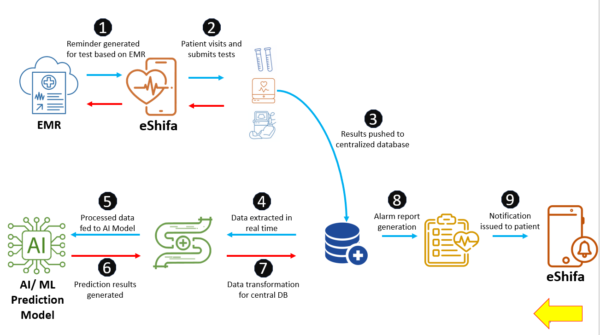Detection and Analysis of Mental Health Illness using social media
Recently social media has been a widely used network that connects people around the world. Not only this but people sharing their life events, thoughts through posts, status updates all gather up as a big data resource. This resource is helpful in conducting various researches, analyses including big data and machine learning. In this study, we analyzed six mental health issues using Reddit’s data. The data obtained summarizes; Depression, Anxiety, Bipolar, Bipolar Disorder, Schizophrenia, Autism and Mental Health which is a general class which discusses mental health. Experimentation is done using various deep learning and NLP techniques applied for classification such as Convolutional Neural Network, Long-short term memory network, Gated Recurrent Unit, Bi- Long-short term memory network and Bi-Gated Recurrent Unit. In addition to these traditional techniques, pre-trained BERT model and …





